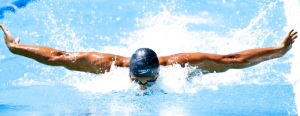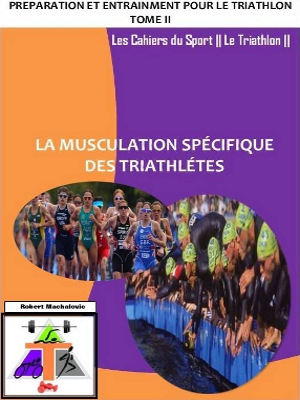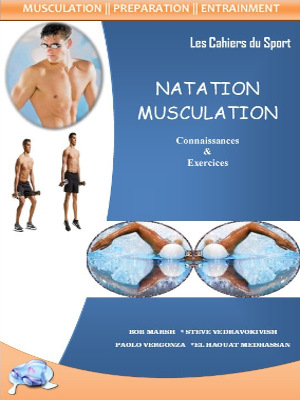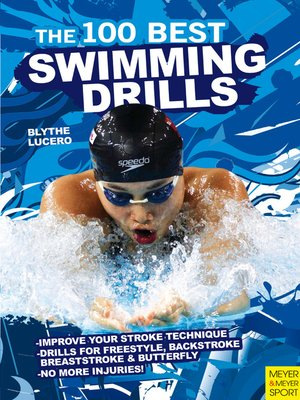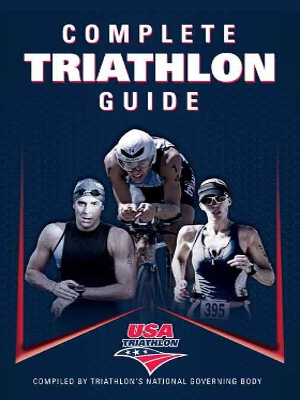Afficher les éléments par tag : Butterfly
BODY POSITION DRILLS
The best butterfliers combine grace and power in what seems like effortless forward motion. The primary point of technique that these butterfliers share is good body position. While the line of the stroke is characterized by a wave or rocking motion, it is a stable, high hip floating position that is key to a good stroke. This position balances the stroke, and integrates the actions of both the upper and lower body. Often, swimmers attempt to achieve the rocking effect of the butterfly by folding both forward and back at the hips. Doing so eliminates core stability, lowers the hips, and eliminates balance in the stroke. It can also lead to back pain. The goal of the following drills for the butterfly body position is to develop a firm core, high hip body position for better balance and integration of butterfly actions.
Taking a Bow
THE PURPOSE OF THIS DRILL
- Learning to stabilize motion using the abdominals
- Isolating upper body motion
- Using abdominal muscles to maintain a straight spine
HOW TO DO THIS DRILL
- Step 1 : - Stand with your head, back and legs against a wall, arms at your sides. Notice at the small of your back, you can fit your hand between the wall and your back. To achieve a truly firm core, you must straighten your spine, and eliminate this space at the small of your back. To do so, pull your belly button back toward your spine, and press the small of your back into the wall. Notice that to do this, you contract your abdominal muscles.
- Step 2 : - Maintaining your spine straight with contracted abdominals, press your chest forward away from the wall about six inches, as if taking a bow. Keep your hips and lower body firmly against the wall, controlling the speed of the movement. Hold this position for five seconds, stabilizing your position with your abdominal muscles.
- Step 3 : - Keeping your core firm, return your back to the wall. Check to see if you have maintained a straight spine by trying to fit your hand between the wall and the small of your back. Repeat the bow, actively using your abdominal muscles to maintain a straight spine, and to stabilize your upper body throughout the bow. Notice that your hips remain stable through the entire range of motion.
- Step 4 : - Now, try the same bowing action without the support of the wall. Maintain a straight spine. Keep your hips stable. Use your abdominal muscles to control the movement of your upper body, while your lower body remains still.
S'inscrire Pour Accéder à la Totalité du Site
Conseils Sports Coaching Formation

